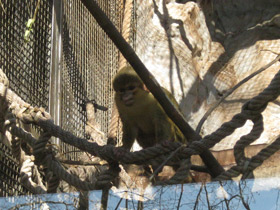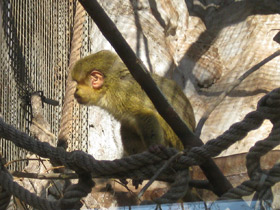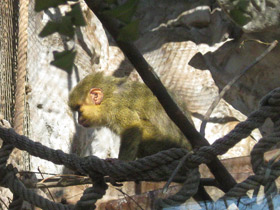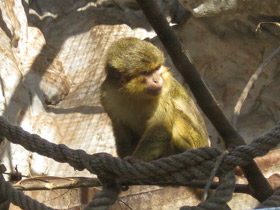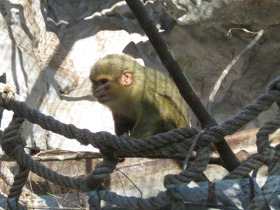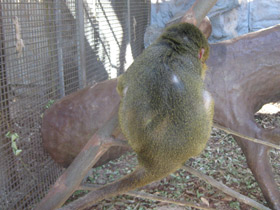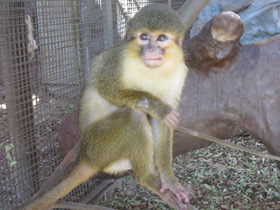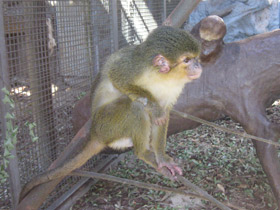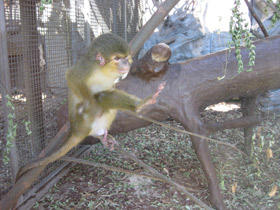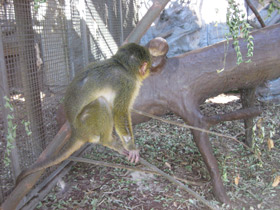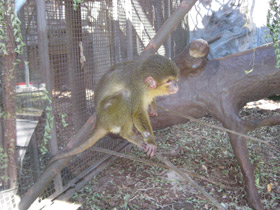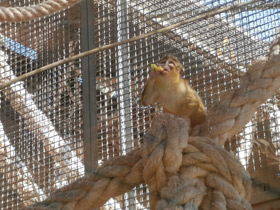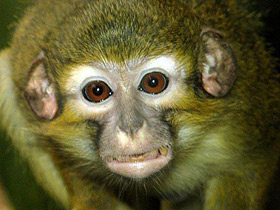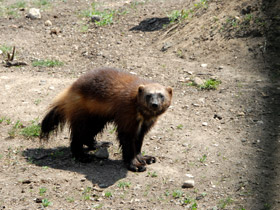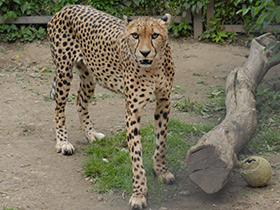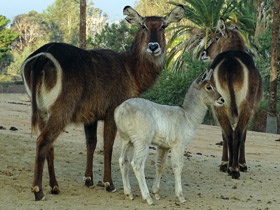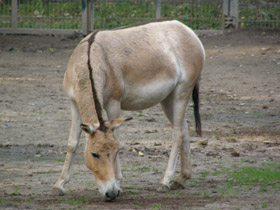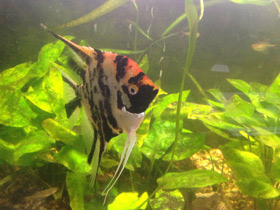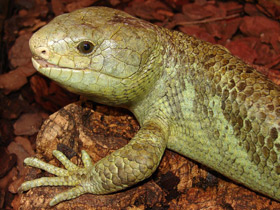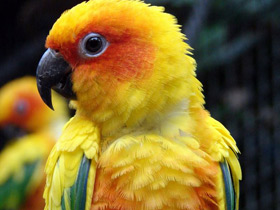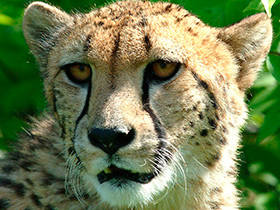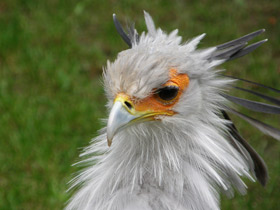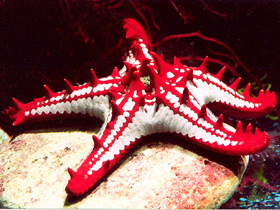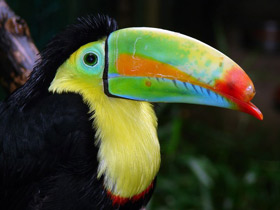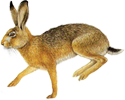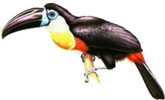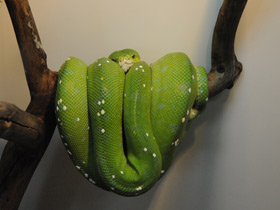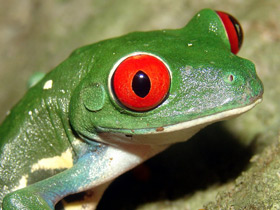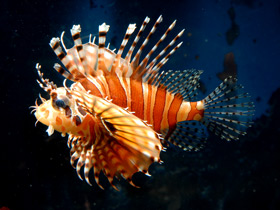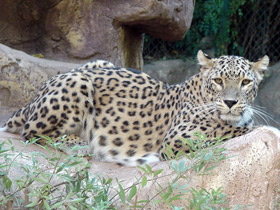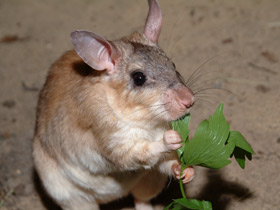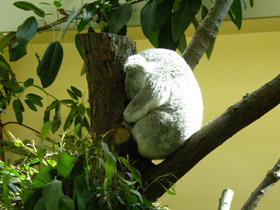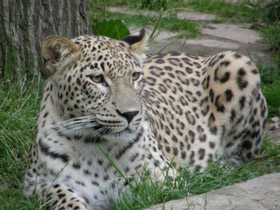The Angolan talapoin (Miopithecus talapoin), the southern talapoin
Angolan talapoin видео
The Angolan talapoin (Miopithecus talapoin), also known as the southern talapoin, is a species of primate in the family Cercopithecidae. Talapoins are the smallest species of Old-World monkeys.
Appearance and habitat area
Miopithecus talapoin is a species of catarrhine primate of the family Cercopithecidae. Miopithecus talapoin weighs about 1,300 g and has a long tail (35-37 cm), almost as long as the head and torso. Female dwarf monkeys are slightly smaller than males and weigh about 1 kg. The coat colour of Miopithecus talapoin is greenish, paler on the chest, abdomen and inner parts of the body, the tip of the tail black, with orange rings around the eyes and yellow tufts on the cheeks. The small face of Miopithecus talapoin is very small compared to the large skull, the hands with short fingers, between which there are small skin membranes. These monkeys inhabit areas ranging from southern Cameroon to Angola, in swampy forests, along rivers crossing equatorial rainforests. The Miopithecus talapoin leads an arboreal lifestyle. They swim well and are even able to see underwater.
Social behaviour and nutrition
Miopithecus talapoin live in large groups of 60 to 100 individuals, consisting of several adult males and many females with young. At night they all gather in trees near water, and during the day in small subgroups they disperse in search of food.
Miopithecus talapoin are omnivorous. Their diet consists mainly of fruits, seeds, aquatic plants, insects, molluscs, bird eggs and small vertebrates. But pygmy marmosets are particularly fond of the tuberous roots of cassava, or manioc, which local people collect and soak in the river pools. Attracted by the abundance of food, these monkeys gather near villages in large flocks, sometimes numbering more than a hundred, and lead a semi-parasitic lifestyle, much like our rats and mice. Interestingly, fresh cassava root is poisonous and very bitter, so before eating it is soaked in water to remove the poisonous substances by fermentation. It is not clear how the monkeys select among the thousands of roots in various stages of fermentation those that are no longer poisonous.
Reproduction
Reproduction in Miopithecus talapoin is strictly seasonal; these animals mate during the long dry season, the offspring are born after 5.5 months, each female normally giving birth to only one offspring. They have the same colour as adults, with the exception of a pink muzzle that becomes darker at two months of age. Newborns weigh over 200 g (about a quarter of their mother's weight) and develop very quickly. After six weeks they are able to eat solid food and at three months of age they become independent of their mother. Young offspring do not reach sexual maturity early: the first mating usually does not take place until they are 5 or 6 years old.









